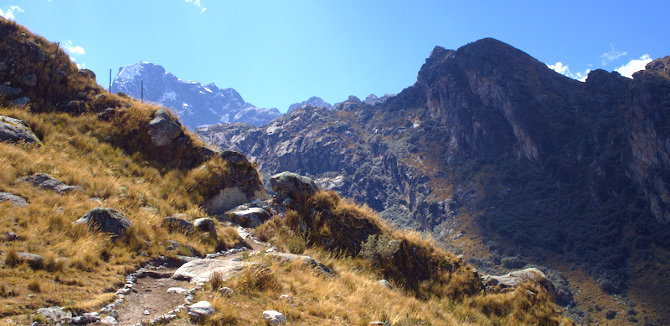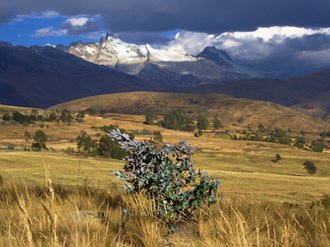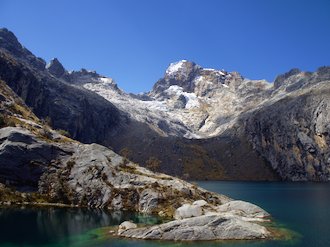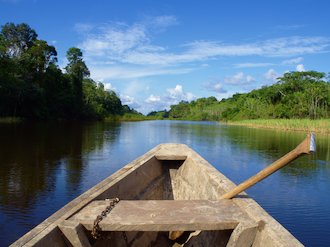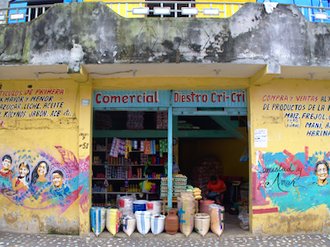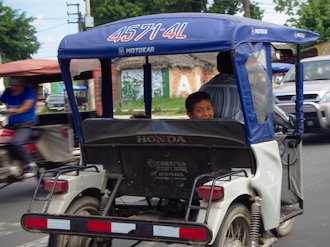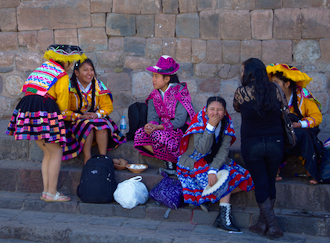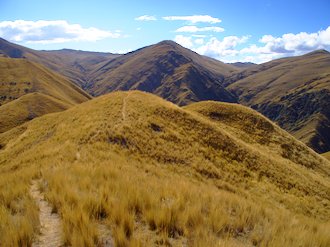Aug 7, 2016 0
Backpacking South America (Part 8)
Right now we are back in Germany and look back on a wonderful time. There were also negative events during our holidays — we nearly got something stolen three or four times, strange remarks on World War 2 directed to us, tourist agencies overly stirring the fear of criminality for marketing purposes, or nasty ways of trying to get money from us — but I barely mentioned them here. I feel that the good parts of such a journey should — and do — stand out more. There were also a lot of small incidents when I had to chuckle. I remember one particular time when we were getting breakfast in a peruvian upperclass hotel (i.e. not really “upperclass” and quite cheap) and I noticed that the forks, knifes, etc. were a wild mixture of pieces from different airlines imprinted with labels such as “LAN Airlines” and little plane logos :).
Back in Germany I am amazed by how much the landscape and culture here differs from Peru. I am currently in the south of Germany and the summer, the dense forests, and the wide fields amaze me. Today I had a longer train ride through this rural landscape, mostly along the Danube river. This amazed me a lot and I spent most of the time just looking out of the window. There is so much beautiful countryside here! I would love to show some foreigner from e.g. Peru around. I would probably take them on a walk in the nature along the Danube, which is so full of green and sprouting vegetation at the moment. I would go on a hike to an alp hut with them and eat a cheese platter there. I would take them to an original German brewery restaurant with thick and tasty beer and rich food. And I would take a long train ride in a rural area with them and visit some old town district. There are so many details when living here which are different to the cities which we visited. On the first day back in Germany I saw a kindergarten group doing a leisure trip on a nice summer day. On a secluded train station in the middle of nowhere they were waiting for their next train. Each kid held hands with another kid and they were lined up in pairs. Two very enthusiastic ladies were looking after the whole group. To me this feels like something very characteristic to this country and it was quite nice to have this kind of “welcome” here.
Nevertheless, it needs time to get accustomed to being back here. On our trip we tried desperately not to get into contact with other Germans, but here they are just around everywhere! Furthermore I can now safely keep my mouth open when showering, I can now actually use zebra crossings again and in cars I need to remember that there are safety belts. Pleasantly, the noise level in cities here is very low, especially compared to large cities like Sucre or Lima. Lima is actually so disturbingly loud that there are “horns forbidden” street signs. Besides the constant horns triggered by vehicles there are many other factors which increase the noise level. For example, the streets in many areas are so bad that passing buses trigger the theft alarms of cars which are parked on the street.
Another thing which for me is the overall conclusion of all my travels that gets affirmed more and more with each country which I visit, is how similar people are everywhere. It really is quite strange, that a peruvian man of my age who had a totally different upbringing, education, and lives in a very different cultural background, has the very same longings and goals in life. It is indeed very easy to relate to somebody in this different culture and I think that the western media and news reporting oftentimes yields a different impression of the world.
I shot the photos in this post with the same throwaway camera that I had with me on a couple of journeys before (they can be found in older posts tagged with throwaway camera). They are all analogue and I quite like the grainy, unsharp, somehow washed out look of them.











